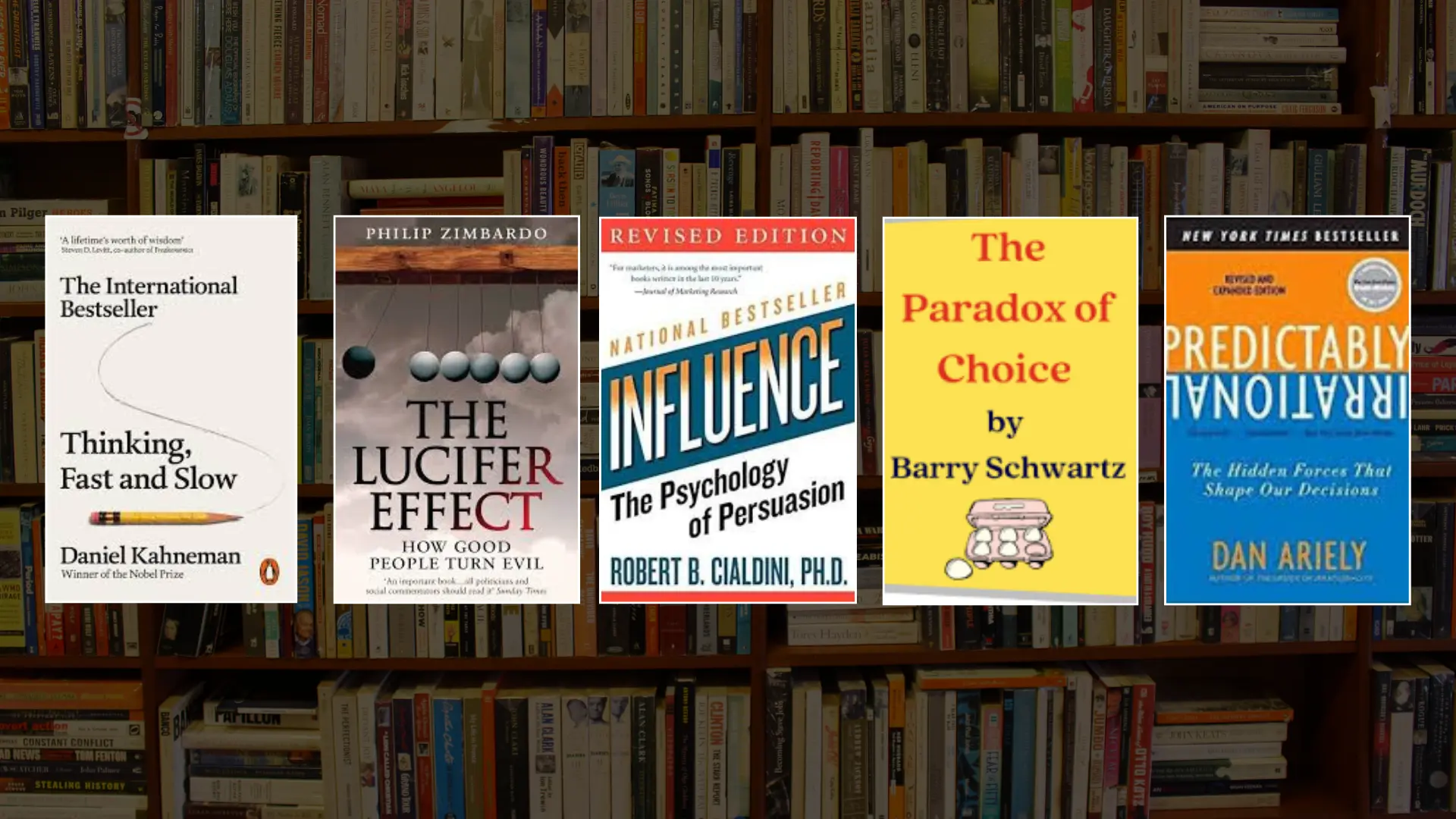Blockchain gaming: Boon or bane for gaming companies?
Today, game developers make $54 billion in revenue by selling in-game assets to players. The number is projected to surpass $75 billion by 2025.
In a typical Web 2.0 game (current internet games), game developers sell in-game currency and virtual goods to players. Still, players can’t sell them to others, and all the money flows from the players to the gaming company. This effectively means that Web 2.0 games, effective take rate of the game company for any asset sold is 100 percent.

Today, game developers make $54 billion in revenue by selling in-game assets to players. The number is projected to surpass $75 billion by 2025. Players can use these assets inside the game but can not monetise these assets by any means.
With blockchain-based gaming (Web 3.0 games), players will be able to own the in-game assets thanks to the concept of NFTs. Users will be able to sell these NFTs to other players inside the game or outside.
Similarly, tokenisation will assign a real-world value to the in-game currency. Players will be able to buy this token, earn it, and sell it to their peers or in the real world. Ownership of assets and tokenisation will lead to revenue distribution between gaming companies and their users, thus decreasing the revenue significantly for the former.

Given Web 3.0 gaming will decrease the take rates for the gaming companies, let’s try to understand what could be its potential impact. To understand this, we have tried to create three different scenarios to help analyse the impact of the play-to-earn model on gaming companies.
Let’s dive into it. Shall we?
Scenario 1: Total value of transactions remains constant
If we assume that the number of transactions will remain the same, the revenues of game developers will go down. This is because the take rate will go down from 100 percent.
In Web 2.0, all the transactions happen between players and companies, be it the asset or the in-game currency. Players pay money to the gaming company and get assets and in-game currency in return. Since there is no real-world value to the in-game coins or no actual transfer of ownership of the assets, P2P transactions are impossible in most games. The game company makes 100 percent of the transaction value as their revenue.
Given that blockchain gaming enables p2p transactions, money flow can happen between the game company to the players or even amongst the players themselves. Let’s assume a scenario where 20 percent of the transactions are primary (game company to players), and 80 percent of transactions are secondary (player to player).
The game company takes a 10 percent take rate on the secondary transactions. This will lead to gaming companies making only 28 percent as compared to their earlier revenue, and the rest of the money will be distributed between the players.
We also assume that 5 percent of players convert into paid users in our calculations.

If the overall value of the transactions does not increase, the gaming company revenue will decrease by 72 percent due to blockchain gaming.
Scenario 2: Increase in the number of total players/players within the game
Just like scenario 1, a similar scenario was potentially forecasted when free-to-play games originated in the late 1990s.
When the gaming industry shifted from the pay-to-play model to the free-to-play model, there was a lot of scepticism and fear that it would lead to a decrease in revenue for gaming companies. Although the best gaming companies knew that if they provided an amazing experience to their users without an upfront paywall, users will play games a lot more and more avenues to monetise these users will prop up.
Fast forward 20 years, the free-to-play model has proven to be one of the most profitable types of video game models in the modern age.
Today, most of the gaming industry’s revenue comes from the high demand for in-game items, which can be purchased with real money. If we compare today’s gaming industry to back then,
- Free-to-play opened new markets for the gaming industry which never existed before. India has never been known to be a market where game developers could actually make money. The launch of PUBG in 2018 took the Indian gaming market by storm. PUBG employed IAPs to promote spending in the free-to-play game. Until its ban in India, PUBG was at $100 million+ ARR through IAPs in India alone. The sudden popularity of PUBG was an eye-opener for other game designers who suddenly discovered a new market.
- Free-to-play games drive around 78 percent of the gaming industry’s revenue today; the largest of the F2P games make $2-3b per year (Fortnite in 2018 grossed $5.4 billion by selling in-game items)

In retrospect, free-to-play games led to :
- Lower barrier to entry: People can download the game and start playing. They don’t have to think twice about whether they will enjoy the game or spend time on it. This led to more users trying the games.
- Effective monetisation: Once players have started playing and enjoying the game, they are more likely to spend money on it.
- More content and engagement: Game producers are incentivised to create good games and keep improving over the years. The higher the engagement, the more likely it is for the user to make purchases.
A similar thing can occur as free-to-play shifts to play-to/and-earn. The key drivers of this could be:
- Users who were not playing games so far because they saw games as money and time sink, might be motivated to play games given games will give a chance to make money. This could easily increase the number of gamers in the world from three billion to four billion.
- In free-to-play, typically 5 percent of players pay but this number could significantly increase given now players are not just consuming but are investing in assets that can be productive and lead to future earnings. Imagine a scenario where users from a developing country put the time and effort to upgrade their character and make it the rarest NFT character. This rare NFT character can be sold to someone in a developed country.
- New users will be onboarded in play-to-earn as there are monetary rewards for playing the game. It’s hard not to get FOMO when the correlation between money and fun is so obvious.
Based on the above hypothesis, two things will happen —
- The number of users playing the games would increase. We have assumed this increase to be 25 percent for our analysis.
- The number of paying users would also increase. The percentage of paying users is expected to increase from 5 percent to 20 percent.
Assuming there are 20 percent primary transactions, 80 percent secondary transactions, and 10 percent take rate on the secondary transactions, the revenue for gaming companies will be:

In this scenario, the gaming pie can potentially increase by 40-50 percent, leading to gaming companies generating more revenue despite a decrease in the take rate.
Scenario 3: Scenario 2 + Increase in velocity of in-game transactions
In addition to the increase in the number of gamers and more gamers buying in-game assets, the number of microtransactions in the game can potentially increase due to play-to-earn economics.
Let’s assume that the player’s spending power is the same, but their money circulates more due to play-to-earn gameplay. Players will keep getting the money as they progress in the game and keep using it in the game, thus increasing the number of transactions with the same amount of money.
As Satya Nadella once said, “Gaming is the most expansive category in the entertainment industry, as people everywhere turn to the game to connect, socialise and play with their friends.”
Play-to-earn will make gaming even more fun and addictive.

If this scenario comes true, this will massively increase the gaming industry’s revenue and will stand to add over $100 billion additional revenue to the game developers.
Based on our limited understanding of the gaming ecosystem, our take is that it is unlikely we will be in Scenario 1 and probably end up somewhere between Scenario 2 and 3. This would mean additional billions of dollars in revenue for the game developers.
Netflix CEO Reed Hastings also said that the biggest threat to Netflix is not from any other OTT platform but gaming. This is because people find gaming as the best source of entertainment and want to spend as much time as possible playing games. Play-to-earn could potentially make this competition stiffer in the long run.
That is keeping us excited to learn and build in this space.
—------------------------------------------------------------------------------------------------------------------------
Glossary:
Web 2.0: Current internet ecosystem
Web 3.0: Blockchain Ecosystem
NFTs (Non-Fungible Token): A way to assign ownership to digital goods or the virtual in-game items.
P2P transaction: Transaction between players
Primary Transaction: Transaction between the company and a player
Secondary Transaction: Transaction among the players
F2P: Free-to-play games; i.e. games where you can download for free and play without making any upfront payments
IAPs: In-app purchases; purchases done by users within the game to buy assets within the game
Tokens: In simple terms, it is the cryptocurrency; here it is being used from the context of currency which is being given as part of rewards in the P2E game.
Edited by Kanishk Singh
(Disclaimer: The views and opinions expressed in this article are those of the author and do not necessarily reflect the views of YourStory.)








